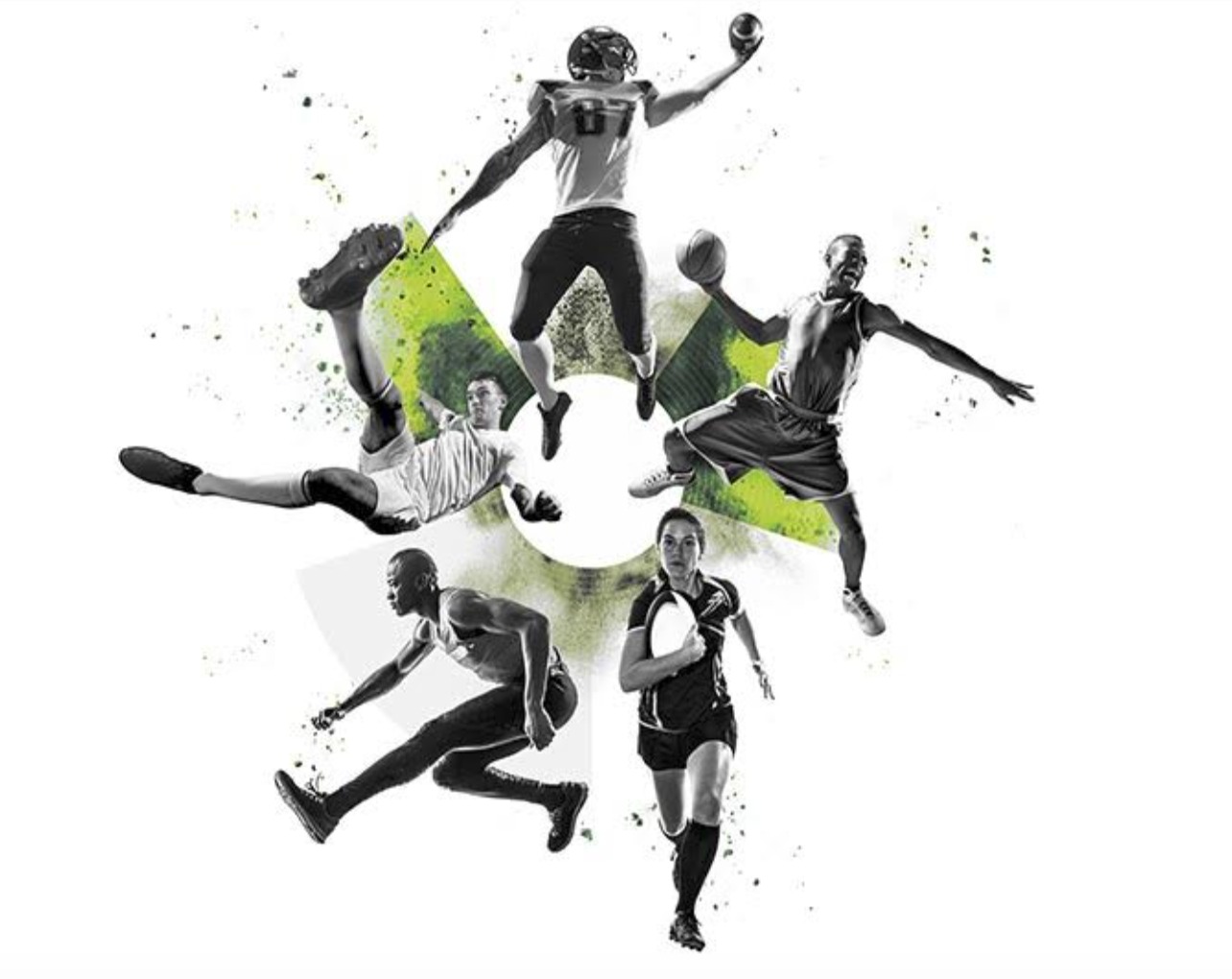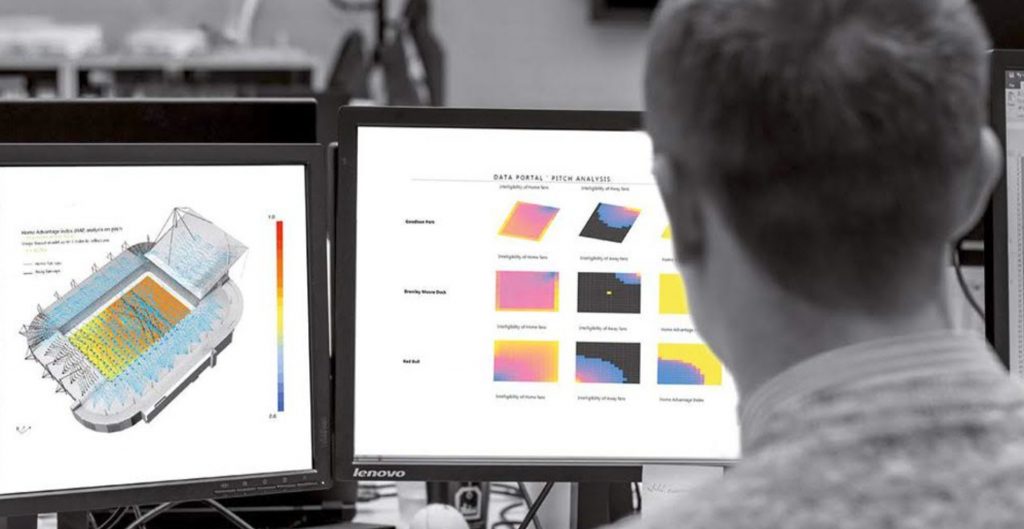- September 10, 2018
- Posted by: SportsV
- Categories: Case Studies, Home News, Industry News, News, Press Releases

Andy Pottinger, BuroHappold’s Venue Performance Specialist, explains how the sector is using outcome-driven design and performance modelling to create better stadia.
Our experience, computational skills and passion are now being deployed to actively support clients in their pursuit of outcomes. Outcome-driven Design is the umbrella term for multiple strands of outcome modelling which will increasingly become multi-sector.
In the Sports and Entertainment sector we often call this Venue Performance Modelling. So what do we mean by performance? In this instance we’re talking about how a venue performs for its owners. For example how does it help the team? How does it help generate revenue? How does the venue help the club’s reputation and brand? Results, revenue and reputation are categories in which most, if not all, of a club’s overall desired outcomes can be framed.
The new, performance-based approach to stadia design that we are pioneering engages clients, stakeholders and the wider project team.

What do all of the aforementioned outcomes have in common? They are what we call composite metrics. By this we mean that they can be measured and analysed by breaking them down into individual metrics. Examples of individual metrics are bowl form, roof angle, wifi coverage, fan type, seat width, and the time it takes you to get a beer! The list is endless, and BuroHappold are well placed to interpret all of it. Put simply, we’ve designed a lot of Stadia, and we’ve got a huge number of people across the practice with computational skills, so we’ve brought that together.
Using Rhino and Grasshopper we can now quickly create initial stadium concepts, formed from more than a hundred individual metrics. Then we can sit with clubs to understand how each of these concepts might relate to the composite metrics which they consider most important. If minimising construction cost is paramount, we can focus on that; if the maximisation of fan influence on the pitch is paramount, we can focus on that; etc. This is a story of co-creation – we work with supporters, players, managers, owners, to understand exactly what high performance means – and it’s different for every club.
We can help clubs to create history!
Venue Performance modelling is one way of us saying ‘get us involved early’ to clients, and one way of us showing how broad our understanding is. We can study how to achieve their desired outcomes scientifically, and then we can monitor how those outcomes are being pursued throughout the design process. We can understand the impact of multiple design interventions – whether that be introducing a single tier ‘home end’ (Borussia Dortmund, Liverpool, New Spurs Stadium), or introducing more daylight to concourses.
Science has already been used to transform our understanding of player performance, so now we are pioneering its use to transform stadium performance. A club’s history is not a rigid thing, another page gets written every year. We can help clubs to create history.
Author credits: Andy Pottinger, Associate Director, BuroHappold
Images, courtesy: BuroHappold
Future Trends in Stadium & Venue Design, Stadia 2:0 – Strategic Design & Innovative Upgrades and Renovate with Success: The ROI of Venue Transformations, are just some of the topics to be discussed at Europe’s first Premium Seat event, ALSD International, being held in London, October 10-12, 2018.
In addition to a comprehensive conference program and networking events, attendees will be treated to very special behind the scenes tours of Wembley Stadium’s Club Wembley, The SSE Arena and Craven Cottage, as well as a showcase of the most innovative products, services and solutions in the exhibition hall.
Check out the latest agenda online at: https://alsdinternational.com/content/schedule
#ALSDInternational – Europe’s first Premium Seat event


